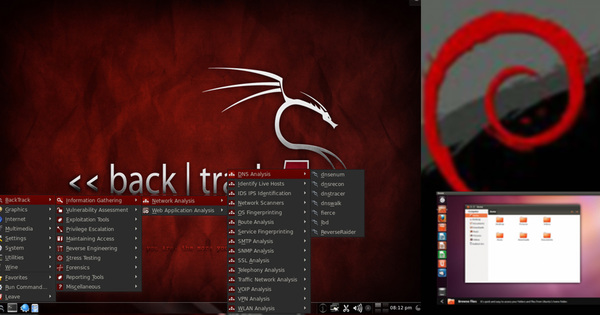RSF-12.6.2
HA ( High Availability ) cluster solution.
- System
- Administration
- Monitoring
RSF-1 High-Availability Clustering SolutionEnsures High-Availability of mission-critical applications by delivering near 100% application availability. RSF-1 provides continuous multi-directional monitoring of servers and services, automatically migrating failed services to alternate nodes in the cluster, resulting in mainframe-class reliability, availability and scalability.
Heterogeneous Support:RSF-1 is currently available for Solaris (SPARC & x86), AIX, HP-UX, SCO OpenServer, UnixWare, FreeBSD, OpenBSD, SGI and Linux. RSF-1 supports from 2 to 64 servers per cluster running up to 200 data services, which maximises existing resource utilisation while simultaneously eliminating single points of failure.
Heartbeat CommunicationsEach RSF-1 server initiates heartbeat communications, which contain the state of the server and any running services. For increased resiliency, RSF-1 utilises multiple heartbeat types; network (UDP/IP), serial (HDLC) and disc (raw SCSI). In addition, multiple instances of each heartbeat type can easily be configured, for example; public and private network heartbeats.
Hardware MonitoringWhen a hardware failure of a cluster node is detected, RSF-1 automatically migrates any running data services to an alternate node in the cluster. The failed node can then be repaired and brought back online before rejoining the cluster.
Application MonitoringEach major Enterprise application has an associated monitoring agent. If the application fails, the monitoring agent informs RSF-1 which can then attempt to restart the service on the same node, or failover the service to another node in the cluster.
Virtual IP AddressingEach data service is assigned a virtual IP address. When a failover occurs, this virtual address is migrated along with the service and automatically reconfigured on the new cluster node. From a client's perspective, no reconfiguration is necessary and failover is transparent.
Cluster AdministrationThe cluster can be administered via the GUI on any Java-enabled platform. The GUI comprises intuitive views and log information, enabling controlled failovers to be initiated if a cluster node needs to be taken offline for planned maintenance without interrupting service.
Storage IndependentRSF-1 integrates seamlessly with existing Enterprise storage architectures, from legacy SCSI storage devices and NAS, to fibre channel arbitrated loop (FC-AL) and switched fabric SAN topologies.
SAN IntegrationWhen applications are clustered in a SAN environment, the characteristics of these topologies further enhance RSF-1's ability to provide availability and scalability due to the always-available nature of the storage infrastructure.
- linux
- Downloads1689
- LicenseCommercial
- PlatformsLinux, Solaris (SPARC & x86), AIX, HP-UX, SCO OpenServer, UnixWare, FreeBSD, OpenBSD and SGI.
- Tags




